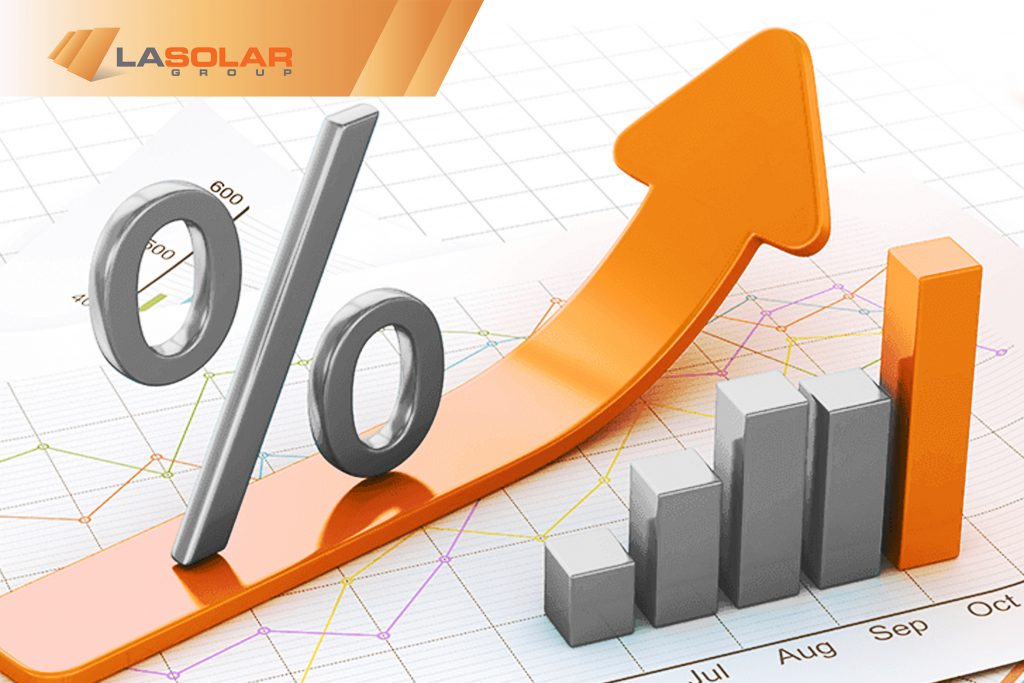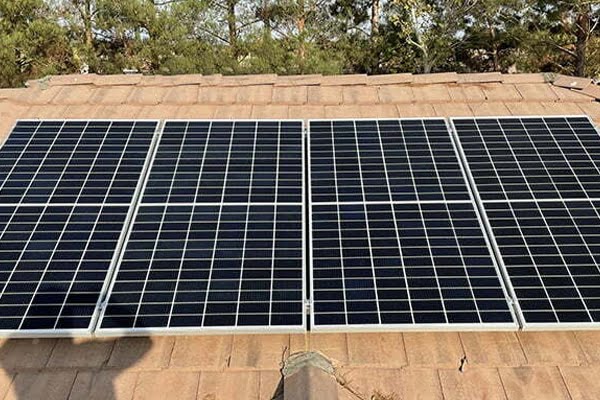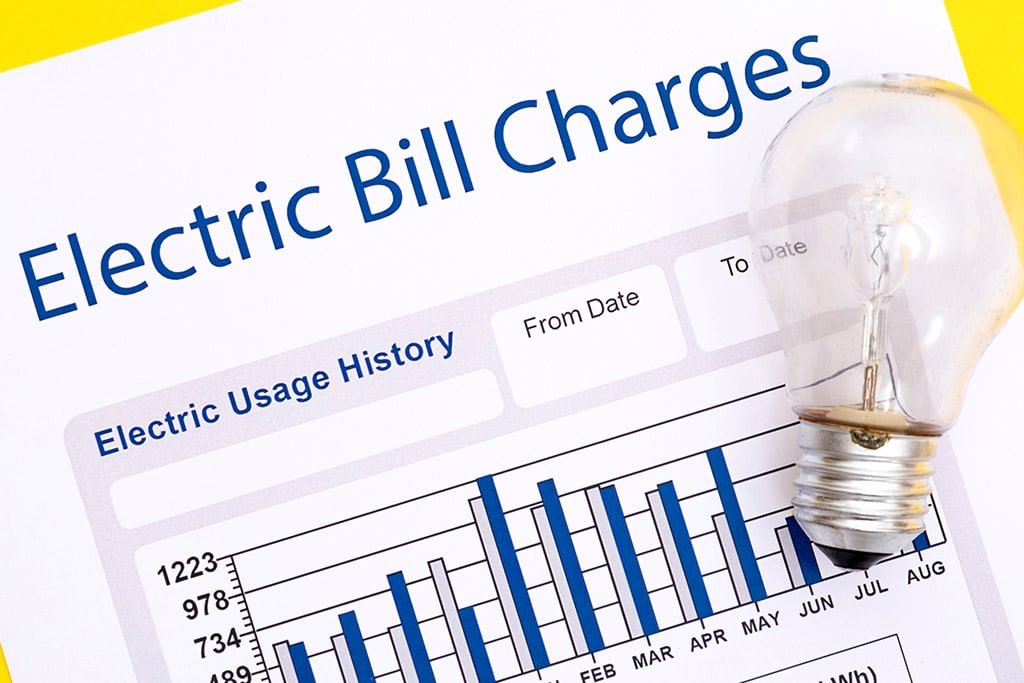On March 15, 2016, LADWP got City Council endorsement for a five-year rate change. The new rates, which will begin April 15, 2016 with rate expansion every year to accompany the needs and key standards:
-Supplant Aging Water and Power Infrastructure.
-Change Water and Power Supplies.
-Enhance Customer Service.
LADWP is focused on keeping the rate increase more affordable than nearby energy providers to homeowners. While rate increments are never simple, Residential customers will see an 3.8% escalation with their utility rates. They will incur a combined average increase in their water and power bill of about 3% every year for the next five years. High energy consumers in the top 10% of water and power use will pay 5.3% more on average per year.
What this means for homeowners with Solar
If you currently have a solar system that’s installed on your home, then pat yourself on your back. With solar, the power rate increase will have a minimal effect on your savings. How so? Because with solar you are still under agreement with the LADWP net metering energy program. This means that you’ll still be sending any excess solar to their grid so that you can use that electricity in the future when you need it which in turn keeps you in the tier one rate.
What this means for homeowners without Solar
As a homeowner that still depends on power from LADWP, you’ll looking at a higher electric bill especially toward the coming summer months when the cost per kw/h increases during the peak hours. For homeowners that have minimal power expense at a tier one rate your electric cost maybe effected subsequently. For those in higher tiers, a solar system will be a significant factor to become energy independent and eliminating any rate increase. Whether leasing or purchasing solar, the cost of installation is less than the cost of paying the utility. This is how saving will be generated in the home.
As LADWP will keep on extending projects and measures that help improve the customer experience through improving their infrastructure and service, there will be expenses incurred on the customer’s behalf. Here are 3 ways to help reduce high power bills:
1. Understand and better manage your energy usage
Learn how the household consumes power. Consider how many people reside in the home, their age, and their particular lifestyle. A teenager will use energy different way than a homemaker. Also, it’s wise to be aware of what appliances are used during peak hours that may consume the most energy. This can be running the a/c unit, charging an electric vehicle, or using the vacume.
2. Leverage energy in a better way
There are many ways to reduce power consumption costs by revaluating how energy is being distributed in the home with a simple DYI energy audit. Some homeowners that I spoke to cut close to 50% of their energy with minor updates and quick fixes to save more energy and money. The attic, livingroom, kitchen, bathroom, and bedroom are a great areas in the home to audit. You can revisit the attic insulation, check for any air leaks reducing heating temperature 7-10 at night. To add, consider adding energy efficient appliances and replacing lighting with LED or halogen bulbs.
3. Install solar in the home to offset a high electric bill
Many homeowners may not want change or conserve their energy consumption. Their household lifestyle demands power and there’s no better solution other than to offset the power that being provided by LADWP. Hence, considering a solar installation is the best option. With an average of 5.5 hours (per day) of direct sunlight in Southern California annually, solar has the potential to offset a home’s energy usage by 100%. This means your bill with LADWP will be $0. To achieve such an offset, certain factors must be taken into place such as your home’s orientation to the sun, possible shading interference, and efficiency and size of the solar panels themselves.
Photo credit: (c) Steven Puetzer





